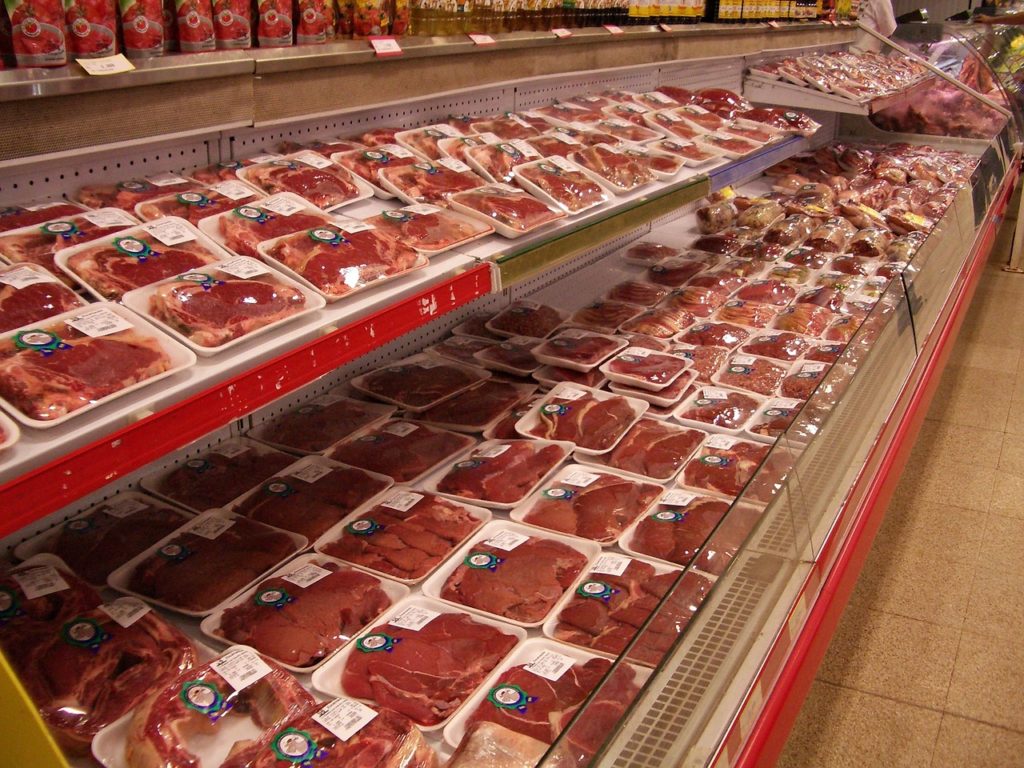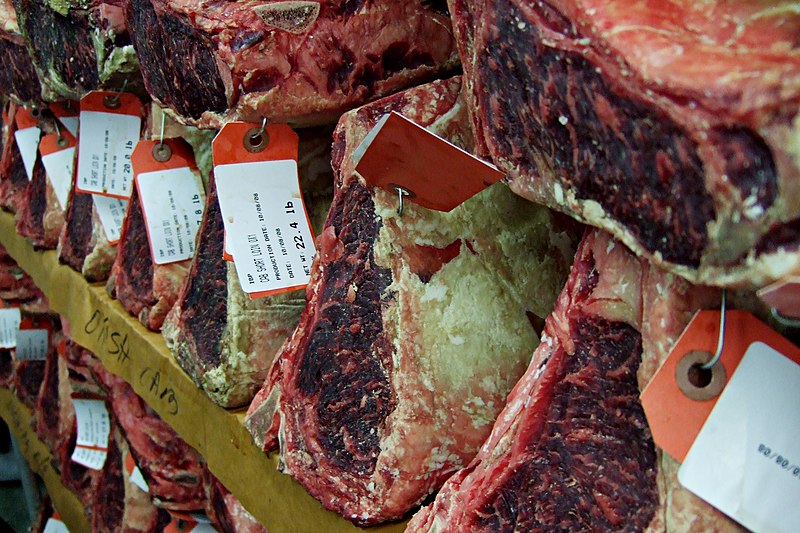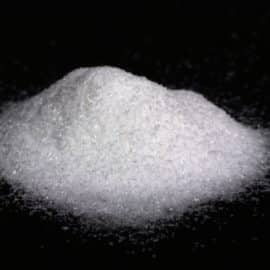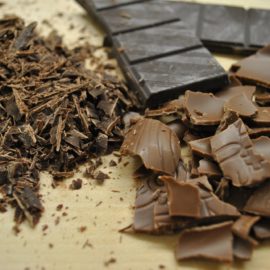
When we see food that doesn’t look good, we wonder, has it gone bad? Has it spoiled already? Take meat as one example. We make sure that the beef is bright red, chicken is light pink, and pork is reddish-pink. But what if the meat has already turned brown? Is brown meat bad, like most people believe in?
Sure, color is a huge factor that affects buyers’ behavior. It is one of the first deciding factor that help us. Is this brown meat worth the purchase? Most consumers would definitely choose that bright red meat. But the truth is that meat that has turned brown does not automatically mean it has gone bad. And perhaps, opting for such meat is maybe an even better idea.
Here’s why.
Myoglobin is responsible for the color of meat
Meat is basically just muscle tissue composed of around 70-75% water, 10-20% proteins, and around 5% fat, depending on the animal. The types of meat are generally categorized into two: white meat and red meat.
White meat includes chicken and turkey, while lamb, beef, and pork are red meat. Apparently, they are distinguished by the color of the meat. Red meat is so called because they contain more myoglobin than white meat.
Now what exactly is myoglobin?
Myoglobin is a protein that carries oxygen in the muscle of the animal. This oxygen is required, particularly in the working muscles, in order for the animal to move around or exercise. As you may guess, there is more myoglobin content in certain cuts. In chicken, for example, the legs are the most worked and therefore are usually darker. This is why legs have more iron and zinc than breast meat.
Another factor that affects the amount of myoglobin in the meat is age. The older the animal, the higher the amount of myoglobin in the meat. Take beef as an example, a young beef contains 8 mg/g of myoglobin, while an old beef contains 18 mg/g of myoglobin.
There is this misconception about blood in the meat. Actually, blood is removed during slaughtering of the animal. So that liquid that you see that leaks out of the meat package you bought from the meat market is myoglobin (and water).
Now let’s go back. The bright red meat in the retail display. How does it keep that same appealing color?
Because meat is exposed to a controlled oxygen environment
It is kind of like enzymatic browning in fruits and vegetables. When you visit a slaughterhouse, try to observe the meat just butchered and vacuum-packed. You will see that such meat can be purple or purplish red. This happens because the meat is not exposed to oxygen.
When the meat is sent to retail stores, it is placed in a retail display ideal to maintain the quality of the meat—particularly the color. These retail displays can provide oxygen that reacts with myoglobin to produce oxymyoglobin. This oxymyoglobin is a pigment that turns the meat bright red, the color that suggests fresh meat, right?
To achieve and maintain this color, oxygen level must be well-maintained at around 70% to 80%.
However, there are instances that meat remains purple or purplish red. One common reason is that the animal may have been stressed before or during slaughter. Another adverse effect of this is the meat could be firm and dry.
Over time, as the meat is continuously exposed to oxygen, myoglobin turns red to brown or brownish-red. This happens a week later as the iron in the myoglobin is oxidized (metmyoglobin).
Further read: Meat Science: Does Marinating For Flavor Really Work?
But brown meat does not automatically mean spoiled
There are some instances that meat stores sell discolored meat at a lower price. Well, you go ahead and buy some because brown meat is still safe for consumption, provided that the meat is properly stored before handling it to you.
If you still have doubts, check the meat with your senses. Typical signs of spoilage include:
- Slimy
- Sticky
- Pungent smell
- Sour smell
Dry-aging meat turn meat brown

There are butchers who employ dry-aging to improve the quality of the meat. The process is simple. The meat is dry-aged in an air-controlled environment. But the thing is the meat is hanged, exposing all sides of it to air, or in racks. What happens here is that over time, the moisture is removed, the meat darkens, becomes tender, and the flavor intensifies.
The enhanced quality developed by aging makes dry-aged meats to cost more than their fresh counterparts.
Further read: Why You Should Not Freeze Meat At Home
Carbon monoxide (low oxygen packaging) as color enhancer
Carbon monoxide (CO) in low concentrations (4% or lower) can be added to vacuum-packed meat. CO works by reacting with myoglobin to create the bright red pigment, carboxymyoglobin.
Although most retail displays offer a high oxygen environment, studies have proven that CO can prolong the bright red color in meat, which definitely appeals to consumers. In fact, this study revealed that meat vacuum-packed with a low concentration of CO is better received by consumers. Aside from color stability for up to 20 days or more, CO also improves meat tenderness, prevent flavor oxidation, bone darkening, and prevent bacteria growth.
The use of CO in fresh meat packaging has been allowed since 2002. However, the use of CO has been met with controversies since its acceptance as a meat color enhancer. In fact, even FDA, once asked to prohibit the use of CO because it hides spoilage (consumer deception) and aging. Furthermore, due to its known potential side effects (environmental hazards), many countries ban the use of CO, not only for meat, but for seafood as well.
Key takeaways
- Myoglobin is a protein that carries oxygen in the muscle of the animal
- The more myoglobin that there is, the darker or redder the meat
- The older the animal, the higher the amount of myoglobin in the meat
- Myoglobin produces oxymyoglobin, a bright red pigment, when it comes into contact with oxygen
- Prolonged exposure of myoglobin to oxygen produces the brown pigment, metmyoglobin
- Brown meat does not always mean spoiled.
- Carbon monoxide is used for better color stability in meat
Found something we missed? Want to add something? Comment below. 🙂


